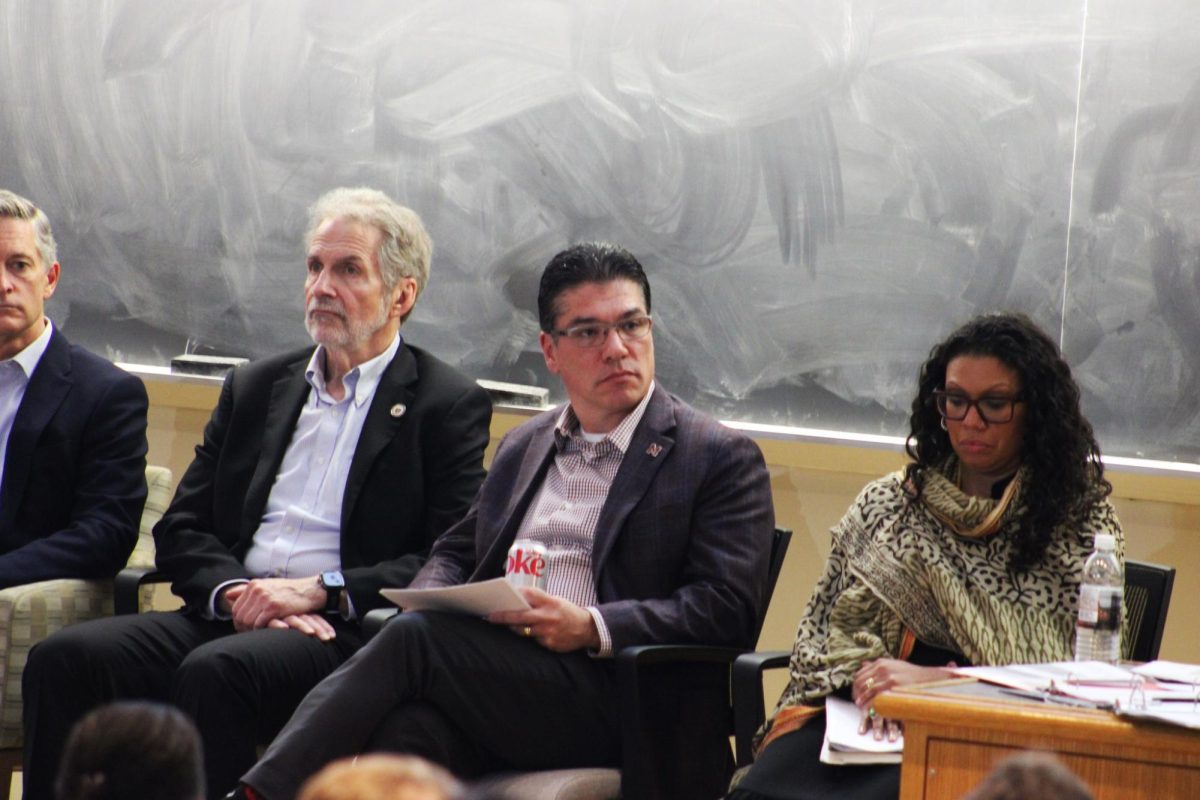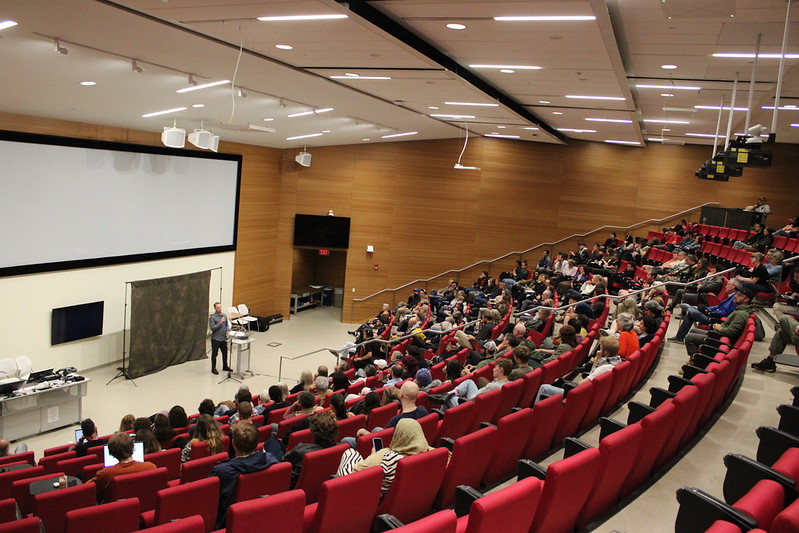Notorious dictator Joseph Stalin, no stranger to death, once declared
“The death of one person is a tragedy. The death of millions is a statistic.” Today, the death of Pope John Paul II is a tragedy. But for most of us, the death of millions around the world from AIDS is a statistic.
AIDS stands for Acquired Immune Deficiency Syndrome, a condition in which the body’s immune system is destroyed, leaving the victim open to opportunistic infections that would ordinarily be handled easily. AIDS develops from the virus HIV – human immunodeficiency virus – which is spread through unprotected sexual contact, sharing of needles between drug users, transfusion of infected blood, and from an infected mother to her child.
AIDS has no cure, and no vaccine to prevent it, and research into these is unlikely to produce either quickly, due to the virus’ extremely rapid mutation. Treatment for AIDS usually involves years of expensive anti-retroviral drug therapy, and these drugs can prolong life with the disease. In the United States and other high-income nations these drugs are widely used and deaths from AIDS have fallen: although nearly one million Americans had HIV or AIDS in 2003, only an estimated 14,000 died, according to the CIA World Factbook Web site.
If the AIDS epidemic is mostly under control in our country, it is rampaging across Africa. The further south one travels down the map, the higher rates of AIDS and HIV are. At the southernmost region of Africa, in the countries of Swaziland, Botswana, South Africa, Namibia, Zimbabwe, and Lesotho, over 20 percent of the population has HIV or AIDS, according to a report by UNAIDS. In the small country of Swaziland, around 200,000 people, or 38 percent of the population, had AIDS/HIV at the end of 2003, and 17,000 had died that year.
Try to conceptualize those statistics: 38 percent, or 200,000 people. 200,000 is greater than the population of Springfield or Worcester, and around a third of the urban population of Boston. 200,000 is over eight times the student population of this campus. Next visualize every person you know, and imagine one third of them having AIDS or HIV, perhaps without even realizing it, and you’ll begin to see the scope of the crisis.
It gets worse. Deaths from AIDS have left approximately 60,000 orphans, some undoubtedly having the disease themselves, according to UNAIDS; an estimated 15,000 households are run by orphan children. The average life expectancy is 37 years for Swaziland’s population according to the World Factbook, in large part because AIDS spreads through entire families, from husband to wife or mother to child. A whole generation is growing up with the likelihood of an early death.
Although AIDS is worst in Africa, especially the far south, it is also a major problem in many other parts of the world. AIDS is spreading through Southeast Asia and China, through Eastern Europe and Russia, through Latin America and the Caribbean. In 2004, over 3 million people died from AIDS, with over 20 million total dead and nearly 40 million currently living with the virus, according to Avert.org.
What can be done? In 2003, President Bush pledged $15 billion to help fight AIDS in Africa, according to www.africaaction.org. This was a nice gesture, but it was disingenuous: some of the money went to fund research in the US, the spending didn’t begin until 2004, and brand-name AIDS drugs would be purchased over cheaper generic drugs. In short, it wasn’t a full $15 billion, and it wasn’t a real solution.
Moreover, the Bush administration has been pushing abstinence-only programs in various countries, mostly to appeal to his Christian supporters who view premarital sex as a sin. Abstinence education, in this country and others, is a waste of resources, more of a moral statement than a coherent program; people are going to have sex, and discouraging them from doing it is fruitless. Moreover, Human Rights Watch found that these programs had been spreading falsehoods in Uganda, declaring premarital sex “deviance” and that condoms are ineffective at stopping sexual transmission of AIDS. Such lies cost lives, discouraging individuals from using condoms when they have sex, thereby facilitating the spread of the disease.
A better governmental proposal would be the disbursement of at least $20 billion every year for AIDS treatment and prevention, throughout Africa and the world. However, AIDS is not just a matter for governments – the sheer scale of the crisis demands a response from citizens as well. Speak out, raise money, volunteer – because each one of nearly 40 million people suffering from AIDS is a potential tragedy, not a statistic.
Additional information form www.avert.org was used in this column.
Andrew Freeman is a Collegian columnist.






